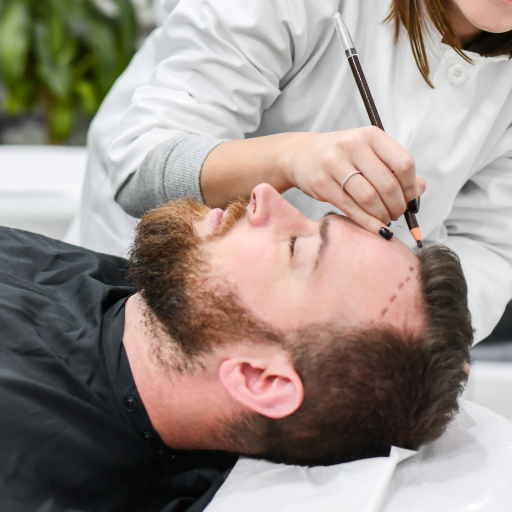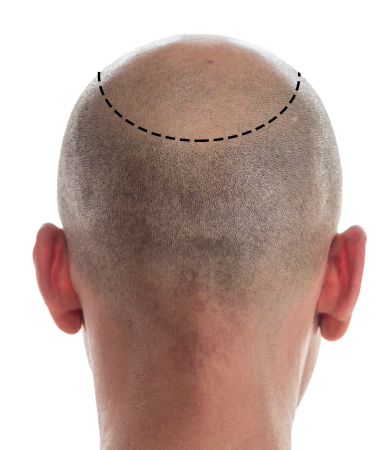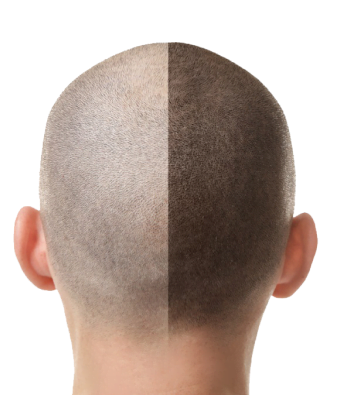Follicular Unit Transplantation (FUT)
Conveniently located to serve the areas of Fort Worth, Dallas, Arlington, Euless, Bedford, Hurst, Denton, and North Texas.
Looking for a more permanent solution to your thinning hair, bald spots, and receding hairline? Then, consider a Follicular Unit Transplantation (FUT) procedure as your hair loss solution!
Hair transplants are a good choice for people experiencing thinning, balding, and a receding hairline that is caused by aging, genetics, underlying medical conditions, or trauma to the scalp. Most people having hair loss issues choose to have a hair transplant for them to look good and feel good about themselves.
The ultimate goal of every hair transplant is to restore hair to areas of the scalp where there is limited or absent growth. To achieve lasting results, you may be required to have follow-up hair replacement procedures combined with non-surgical hair loss treatments like oral finasteride, topical minoxidil, vitamins, and other supplements. In contrast to non-surgical choices such as wigs or plugs, hair transplants produce a permanent, natural-looking solution that doesn’t require progressive maintenance.
The distinct features of each hair transplant technique are always advancing. Even the most skilled and experienced hair transplant doctors are expanding their knowledge of the fast-growing environment in the hair restoration industry. At The Hair Transplant Center – Fort Worth, we offer Follicular Unit Transplantation (FUT) technique as a simple clinic-based hair transplant procedure that can help restore your receding hairline.



